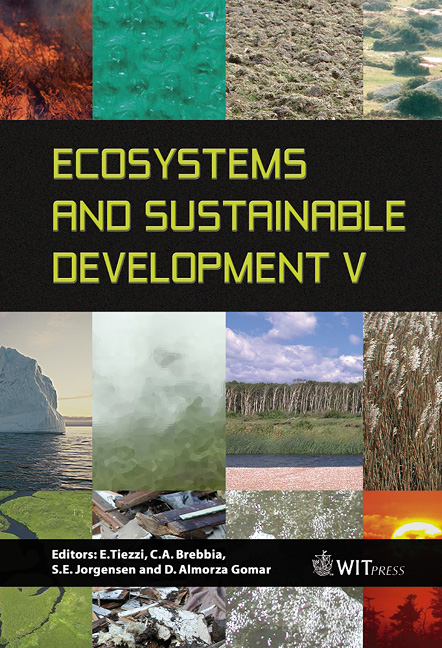Urban Forest Ecosystem Structure And The Function Of The Gulf Coastal Communities In The United States
Price
Free (open access)
Transaction
Volume
81
Pages
10
Published
2005
Size
1,785 kb
Paper DOI
10.2495/ECO050601
Copyright
WIT Press
Author(s)
K. K. Abdollahi, Z. H. Ning & M. Stubblefield
Abstract
In the United States it is estimated that 90 percent of the entire population now lives within the boundaries of what is defined as urban forest. Additionally, the total yearly economic value of urban forest services is more than $400 billion. To achieve sustainability of our rapidly expanding urban ecosystems and deliver the maximum level of benefits to the inhabitants, the urban forest must have healthy tree resources, comprehensive management and community-wide support. This paper presents the results of a collaborative study among SU, USDA-FS, NASA and The Gulf Coast Chamber of Commerce pertaining to the sustainability of the urban forests of the Gulf Coastal areas in the United States. The urban forest ecosystem analysis of the Gulfport, Mississippi indicated a 30% tree canopy cover and nearly 25% green space in 2001. This represents 20% urban forest canopy loss since 1990. The current health of this urban forest is under pressure from urban sprawl and soil compaction. Urban forest ecosystem models and geographic information system (GIS) are being utilized to study the urban land use, urban forest health and urban sprawl in the Gulf Coast. Keywords: urban forest ecosystem, gulf coast, sustainable ecosystem, urban ecosystem, urban forest health, urban ecosystem analysis, urban sprawl 1 Introduction The urban forest covers a large and expanding area. Approximately 3.5% of the United States is currently classified as urban (urban areas). Nearly 25% is either located in or functionally tied to urban areas (i.e., greater metropolitan areas,
Keywords
urban forest ecosystem, gulf coast, sustainable ecosystem, urban ecosystem, urban forest health, urban ecosystem analysis, urban sprawl





